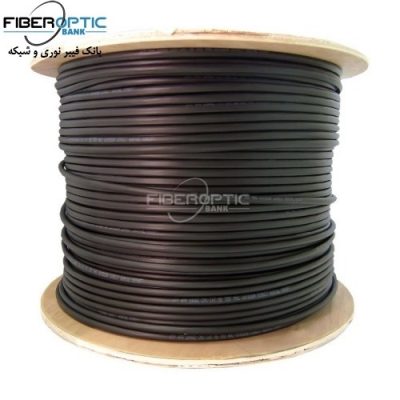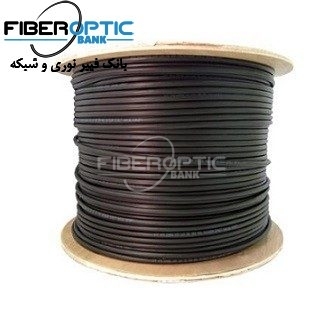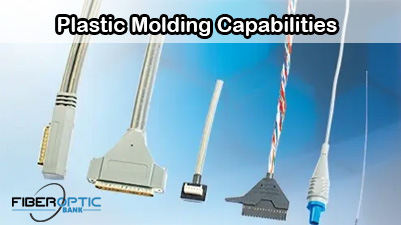Fiber or Copper Cable
When it comes to using fiber or copper cables, each has its pros and cons. Many data centers, such at 165 Halsey Street, utilize both in our cross connects.
On a high level, fiber-optic technology sends light pulses created by a light-emitted diode or laser along optical fibers. Traditional copper wires transmit electrical currents.
With that basic information in our back pocket, let’s get into the benefits of each cable option.
Benefits of Fiber Cables
- Speed – Light can travel much faster through fiber than copper, because the speed of light is faster than the speed of electrons. Although these cables don’t quite reach the speed of light, they are only 31% slower.
- Bandwidth – Fiber cables have a standard performance of 60 terabits of data per second (Tbps) and up. There is very little data loss, even over long distances.
- Reliability – Overall, fiber cables are not impacted by environmental factors, temperature changes, electromagnetic fluctuations, and can even be submerged in water. They also don’t require electricity so they are not a fire hazard.
- Secure – Fiber cables boast more secure communication. It’s incredibly resistant to jamming, tapping, and radiofrequency.
Benefits of Copper Cables
- Conduction – Copper, second only to silver, is one of the most conductive materials of electricity there is. It can be used with less insulation, which allows greater flexibility with set-up.
- Corrosion Resistant – Copper has a high corrosion resistance that reduces the risk of deterioration. When it comes to connectivity, this means you can rely on a strong, reliable link for years to come.
- Malleable – Copper can be bent into any shape or direction without snapping. This allows the thick wires to be twisted around corners or shaped to fit the available space.
Each type of cable is unique and ideal for different reasons and ultimately come down to its use. The 165 Halsey Team are experts when it comes to connections and connectivity solutions.
Fiber optic transmission has been around for more than 50 years, and it is the best choice for most IT projects. It may be invaluable for your next project, if you’re an internet service provider or another type of business that needs to provide people with Ethernet access over long distances.
1. Speed
Fiber optic cables beat copper in this department, and it isn’t even close. Fiber optic cables are made of tiny strands of glass, each about the size of a human hair, and use light pulses. Thus, they can carry a lot of data—up to 60 terabits per second—at speeds just slightly slower than the speed of light. Copper cables, limited by the speed at which electrons travel, can only reach about 10 gigabits per second.
2. Reach
Fiber optic cables are the better choice if you need to send a signal over greater distances. Copper cables can only carry signals about 100 meters, while some singlemode fiber optic cables can carry more data up to 25 miles. Fiber optic cable also carries data with less attenuation or signal loss—only about three percent every 100 meters—than copper, which loses over 90 percent over the same distance.
3. Reliability
Since they are electrical conductors, copper cables are still susceptible to interference and electrical surges. Fiber uses a process known as total internal reflection to carry light signals instead of electricity, so it’s not bothered by electromagnetic interference (EMI) that can interrupt data transmission. Fiber is also immune to temperature changes, severe weather and moisture, all of which can hamper the connectivity of copper cable. Plus, fiber does not present a fire hazard like old or worn copper cables can.
4. Durability
Able to withstand a pulling force of only around 25 pounds, copper wire is fragile when compared to fiber optic cables. Fiber, despite being much lighter, can withstand up to 200 pounds of pressure, which is certainly preferable during construction of a local area network (LAN).
Copper cables also experience corrosion and will eventually have to be replaced after as little as five years. Their performance degrades as they age, even to the point where they lose their signal all together. Fiber optic cables, on the other hand, are sturdier with fewer parts and can last up to 50 years. When you’re choosing a cable, its longevity should be taken into account.
5. Security
Your data is much more secure with fiber optic cables, which don’t carry electrical signals and are almost impossible to tap into. Even if a cable is compromised or damaged, it can easily be detected by monitoring the power transmission. Copper cables, on the other hand, can still be tapped, which could affect your internet speed or even destroy your network.
6. Cost
True, copper may seem to be the most cost-effective option because it costs much less than fiber optic cable. However, after you factor in hidden costs, maintenance, interference, risk of tampering and replacement cost, fiber optic cable is a better financial option in the long run.
7. New technology
Network devices that require more bandwidth, higher speeds and more reliable internet connectivity, such as security cameras, digital signage and VoIP phone systems, make fiber optic cable the obvious choice for those who provide telecommunications and internet.
source:
Related products...
fiber-optic-cable
ETK fiber optic cable 24 core, (1*24), multimode Armored,MM 50، OM3 SJ
Micro Fber Optic Cable
fiber-optic-cable
fiber optic cable 4 core Armored , (1*4), singlemode, OSSC-SJ















[ratings]